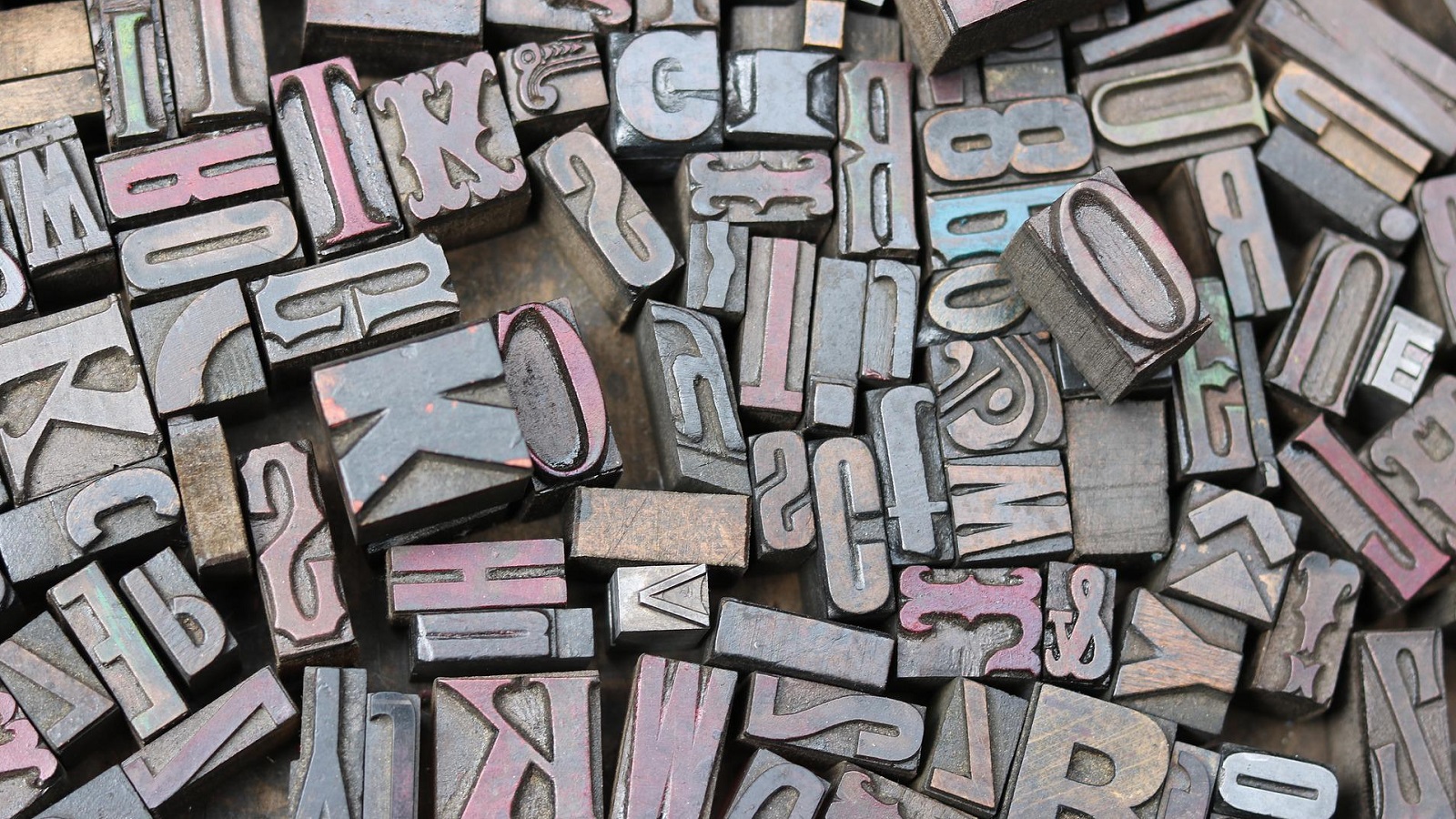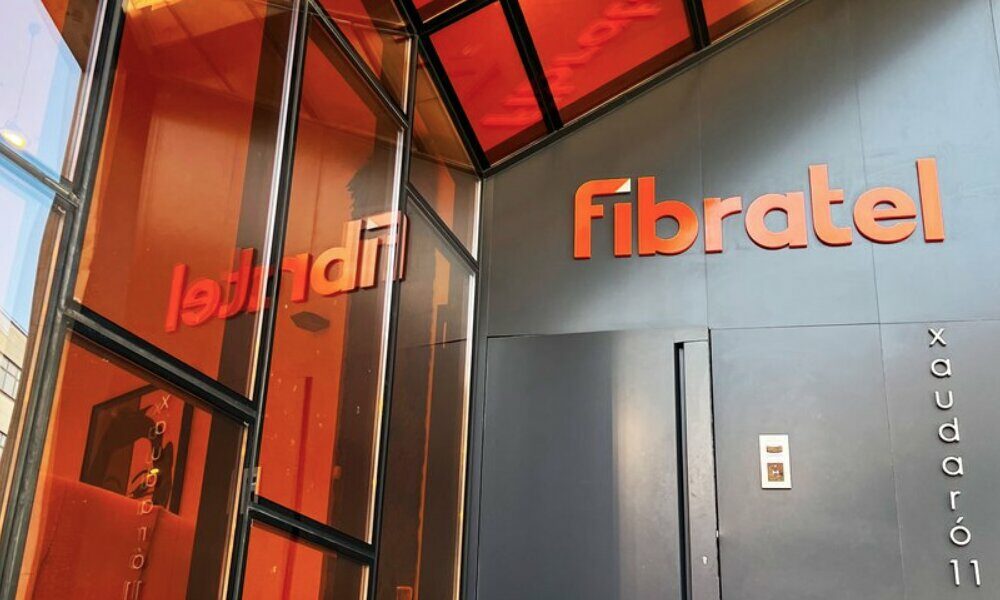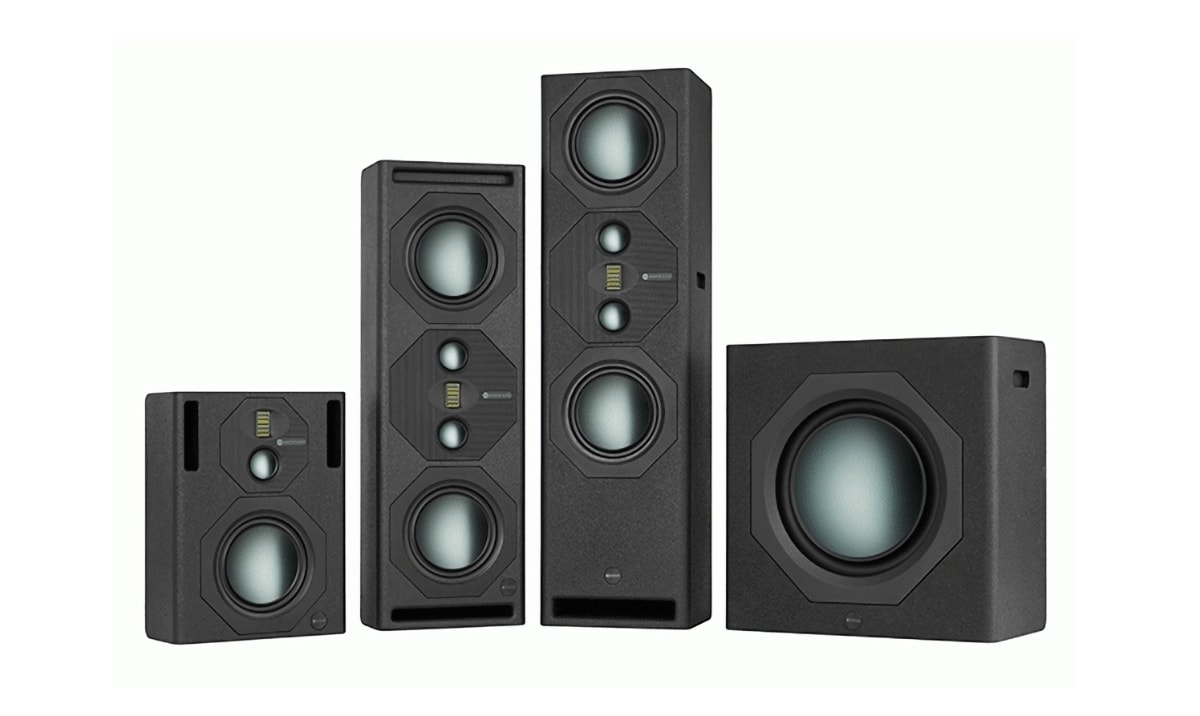
The ecological awareness, so present today in a large number of companies and individuals, could sound like science fiction not many years ago in all areas of society. Concern for the environment is a maxim that applies to most organizations, whether they are large companies or SMEs. What not many people know is that printing is also part of this movement.
The eco print refers to the application of ecological innovation in the three main phases of the process: printing technology, ink and printing materials. It is about maintaining the same quality as always in our prints but offering a more responsible use of all the planet’s resources. The goal is to help reduce energy consumption during the production process, but also pollution, printing costs and waste.
printing technologies
More eco-efficient printing technologies are on the rise. Innovators try to improve or devise fast and efficient printing methods that use less energy and resources and produce less waste, according to Hello Print.
Waterless printing, for example, is an improvement over traditional offset printing, which uses water to form images in the print. The latter produces VOCs or volatile organic compounds and other hazardous substances as waste.
However, waterless printing eliminates all of that, as it uses a silicone layer to repel ink. This technique releases no VOCs, reduces run time and waste, and offers a wider color gamut and better image definition.
inks
Petroleum or plastic based inks contain environmentally harmful compounds and chemicals. Ecological printing has found a non-polluting alternative in ecological inks. These inks use organic ingredients such as the soy or vegetables in its production.
Soy-based ink, in particular, is a fantastic alternative that replicates the effects of petroleum-based inks but without the environmentally toxic side effects. Some argue that it produces brighter, more vibrant colors compared to other inks.
Vegetable ink, unlike soy ink, does not produce the same results and is somewhat more expensive.
printing materials
There are major innovations in green printing in the printing materials used. These products come from recycled or other sustainable materials that are 100% biodegradable or recyclable. The products used also come from sustainable suppliers and use little to no chemicals in their processing.
The flyers echo paper Recystar Nature, for example, they may look like regular uncoated flyer paper, but use 100% recyclable fibers in their production. Bio Top recyclable paper, on the other hand, uses a bleaching process without chlorine and without optical brightening agents.
Benefits
The commitment to ecological printing brings with it a series of advantages. Without going any further, the European Union approved two years ago an ecological label for printing products with the aim of promoting environmentally friendly use of the work carried out in this area. Openprint highlights the main benefits of betting on this type of practice:
- Improve your company image: The development of projects in a sustainable way will always favor the brand image of the company and how its consumers perceive it in a very positive way. In addition, it will provide a high degree of differentiation to the organization that can lead to a potential increase in sales.
- New markets: Apart from an improvement in the positioning in the mind of the consumer, ecological printing allows access to new customers and markets. There are many environmentally conscious groups that only target green printers so the chances of business increase.
- Reduction of paper consumption: A good use of paper by controlling the most important variables of the printing process can allow achieving a significant reduction in consumption. This decrease leads to a lower price, which would be an advantage for the client and for the printing company.
- Productivity increase: Thanks to the implementation of new technologies and the concern to reduce waste that is harmful to the planet, it is possible to increase the potential of our facilities, since when we look at our consumption and processes we realize many possible improvements that we later carry out. . In addition, these optimizations also reduce delivery times to our customers.



